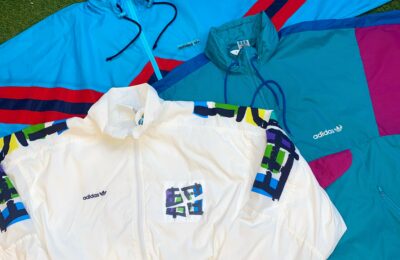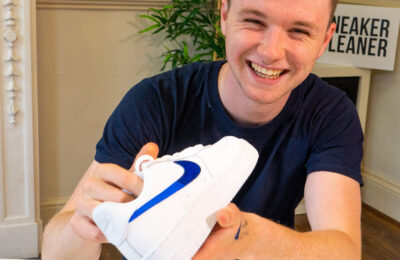As the National Centre for the Circular Economy, the Rediscovery Centre is dedicated to engaging with and promoting a circular economy. This thriving way of living is all about keeping items in circulation, and rather than following. Unfortunately, most people follow the linear economy whereby things are taken, then used before being simply thrown away and wasted.
The circular economy is different. It still aims to take and use things. Crucially however, they then look for ways to reuse and re-imagine those items rather than throwing them away and wasting them. As part of this, they look to extend the life cycle of our resources and reduce waste.
Upcycling furniture is one of the most well-known and popular examples of this process. People take objects that are old or plain and transform them into something new. Not only does this breathe new life into old furniture, it also allows you to get more use out of the objects you already own. Students are some of the most enthusiastic and creatives followers of upcycling. When looking to create their own space for example, they often feel they have to buy new furniture to transform a space for themselves. However, transforming the furniture they already have, has become a popular pastime. What’s more, it’s also great way to save money and explore your own style and individuality. So, upcycling is not only better for the environment, it’s also better for your pocket.
Upcycling Tips – PreparationThe furniture you’re about to repurpose should be thoroughly wiped down and degreased before you start. To do this you can create some sugar soap by taking methylated spirits mixed and mixing 50/50 with water. The next step is to ‘key’ or lightly sand your furniture. Doing this gives extra grip for the primer and paint to adhere to. Use a medium grade sandpaper (80-120 grit) to make small sanding motions with the grain, making light scratches without gouging. Once you have fully keyed your furniture, use a tack cloth to pick up the sand residue. If you don’t have a tack cloth, use a microfiber cloth that can be washed and reused.
Upcycling Tips – PrimingPriming your furniture before painting it allows your paint to adhere to all types of furniture, from solid wood to laminate. Personally, I prefer water-based primers as they’re a more cost effective option. However, if you have shellac-based primer already, this will also work. I use, and you need, only one light coat of this before painting. As shellac-based primers are oil-based, they are used for spot treatments such as new wood knots or major stains. They would also be the preferred choice for kitchen cabinets. They are a more expensive primer than the water-based options, so only unless them if you feel it is a necessity.
Upcycling Tips – Painting MaterialsIf you’re looking for the best materials for painting, I suggest just going with a small tray and a small roller. This will be more than enough to get you through an average sized piece of furniture without too much mess, waste or stress. When it come to a good paint brush, I normally use synthetic brushes. Available in most DIY stores, they’re more durable and reliable than other options.
Upcycling Tips – PaintBe smart when you’re shopping for paint. As a rule of thumb, it’s much better to underestimate the amount of paint you need, rather than buy way more than you need and end up throwing loads out. For a cost effective and sustainable approach, you should also consider buying recycled paint. It’s not only good for your pock, it’s also much better for the environment. For the best outcome and the most cost-effective approach, you should do your research on which brand will work for you. The cheaper product may require more coats, as it’s not as effective. So this could cost you in the long term.
Upcycling Tips – DecoupagingDecoupage, is the art of decorating an object by gluing bits of coloured paper onto it and then mixing in some special paint effects, gold leaf or other decorative elements. When using napkins, always take the 2-layer backing off the napkin. Use a brush to apply a generous amount of glue on the area you are decoupaging. When ready to apply the napkin, put cling film around your fingers, so that you can spread the napkin without tearing it.
Available in matte, satin and gloss finish, Mod Podge Glue is a fantastic glue that also serves as a sealer. When it comes to sanding blocks or sponges, use the block for taking excess off straight edges and the sponge for more curved areas. If decoupaging into an area, you will need to cut the excess. Always make sure the napkin is dry and use a very sharp cutting tool and scraper to keep the straight edge. For larger areas, wallpaper can be used to decoupage. Use general wallpaper paste and a clear varnish to seal and protect the wallpaper. Then use a small clean and dry roller for smoothing down the wallpaper, rolling it for a few minutes to help keep any bubbles out.
Upcycling Tips – Other MaterialsPainters Tape is fantastic for those straight lines, stripes, geometric shapes and covering over those areas you don’t want to get paint on. They’re available in 3 variations, so you should check the chart for the type that will suit you best. Gilding Wax is a brilliant way to brighten up your old hardware. Not only does it work on both metal and wood, it can also be used to gild small areas on your furniture and for stencilling. Available in a variety of metallics, you can find it in most art and craft stores.


